NR 226- Exam 1 Study Guide | COMPLETE VERSION
Document Content and Description Below
Managing Patient Care 1. Nursing care delivery models; clinical application, Case Management; discharge planning, referrals delivery models: team nursing – work and help each other; starts w/ sam... e level then going higher in level if help is still needed; RN leads team of other RN’s, LPN & UAP; team lead creates care plan, coordination of team & provides care for required difficult skills (team for quality care of one pt) total patient care – RN responsible for full care of one or more pt during shift; care can be delegated; works w/ pt, family & team members (charge nurse gives assignment) primary nursing – one RN accountable/responsible for individual; to put more RN’s at bedside; assess pt, creates care plan & gives appropriate nursing interventions; communication is lateral(Rn gives the antibiotic, not transferring to another person) Case management – works with continued care outside of acute care; coordinates outpatient care; helps keep cost down but still maintain quality (setting up pt for rehab) 2. Decentralized management; responsibility, autonomy, authority, accountability 3. Staff involvement; effective communication with staff, collaboration, professional development, In-services 4. Establishing priorities; high, intermediate and low; nursing implications 5. Delegation; rights of delegation, interventions that may/may not be delegated to LPN or UAP, interventions only the RN can perform Ethics and Values 1. Ethics: autonomy, beneficence, nonmaleficence, justice, fidelity; clinical application Code of ethics – govern by ANA; foundation & guideline of nursing; a collective statement about the group’s expectations & standard behavior Responsibility – the will to respect an obligation & following through on the promise. Accountability – answering for your own actions; being able to explain to pt & employer your actions Confidentiality (HIPPA) – must maintain at all times; protects personal health info; fined for violation 2. Ethical dilemma; steps for solving an ethical dilemma; nursing implications Respect your values and respect the values of others if they are different; you don’t have to agree but you have respect. 3. Ethical issues and minors . Legal Implications in Nursing Practice 1. Sources of law; regulatory law, nurse practice acts, purpose, nurse role/responsibilities Regulatory law or administrative law – (admin) reflects decisions made by state board of nursing (passing rules & regulations), (we are required to report incompetent or unethical conduct to board) Common law – (judicial) decisions made in courts for legal cases (informed consent, negligence, malpractice, pt’s right to refuse treatment) Statutory law is either civil or criminal Civil laws – protects rights of people w/in society; gives fair & equitable treatment for violations or civil wrongs. Criminal laws – protects society; gives punishment for crimes (defined by municipal, state, & fed legislation) Two types of crimes: Felony – serious crime; prison for over a year or death Misdemeanor – less serious crime; fine or prison for less than a year 2. Standards of care; nursing policies and procedures Standards of care- minimal acceptable requirements to practice; reflects knowledge & skills American nursing association (ANA) – developed our standards to practice & policy Nursing practice acts – define scope of nursing practice; difference between nursing & medical practice; education & license requirements Joint commission act – accredited hospitals must have written nursing policies & procedures 3. Advance directives; living wills and power of attorney, nurse’s role, healthcare provider role Advanced directives – 2 types; living wills & power of attorney Living wills – written document that directs treatment for a pt’s wishes in case of a terminal illness or condition power of attorney – legal document that gives the power for healthcare decision to a person or more than one if pt is no longer able to make decisions Nurse’s role – Healthcare provider role - 4. Public health laws; nurse role/responsibilities We have to report any communicable diseases, necessary school immunization, anything that can reduce health risk for communities; the CDC (center of disease control & prevention) & OSHA (occupational safety health administration) 5. Regulatory laws, Common laws Regulatory laws – (administrative law) your duty to report incompetent or unethical nursing conduct to the board of nursing Common laws -(judicial decisions) mostly revolve around negligence & mal practice. 6. Intentional torts; assault, battery, false imprisonment- clinical application, nursing implications Intentional – purposely violating someone’s rights Assault – verbally threatening; harming the pt w/out consent. Battery – touching without consent False imprisonment – restraining someone without needing to 7. Unintentional torts; negligence, malpractice, clinical application Negligence – falling below standard of care; the pt has to be harmed( not monitoring pt or making diagnosis, not notifying healthcare provider of problem, not following orders, not following 6 rights of medication, lost paperwork, no discharge instructions, no safety for at risk of falling pt’s, not following policies & procedures, not delegating & supervising properly) Malpractice – “professional negligence” 8. Risk management/Quality improvement; incident reports, notification and documentation Risk management – a system to make sure proper care is given by identifying potential hazards & removing them; requires good documentation. • Identify possible risk • Analyze risk • Act to reduce risk • Evaluate steps taken. Incident reports – when an error is made it is reported; database gives information on issues w/ standard of care practices; issues can be corrected; alerts risk management of situation Documentation is evidence of care the pt received; proof that nurse acted responsible & safely [Show More]
Last updated: 2 years ago
Preview 1 out of 4 pages

Buy this document to get the full access instantly
Instant Download Access after purchase
Buy NowInstant download
We Accept:

Reviews( 0 )
$15.00
Can't find what you want? Try our AI powered Search
Document information
Connected school, study & course
About the document
Uploaded On
Feb 07, 2021
Number of pages
4
Written in
Additional information
This document has been written for:
Uploaded
Feb 07, 2021
Downloads
0
Views
74


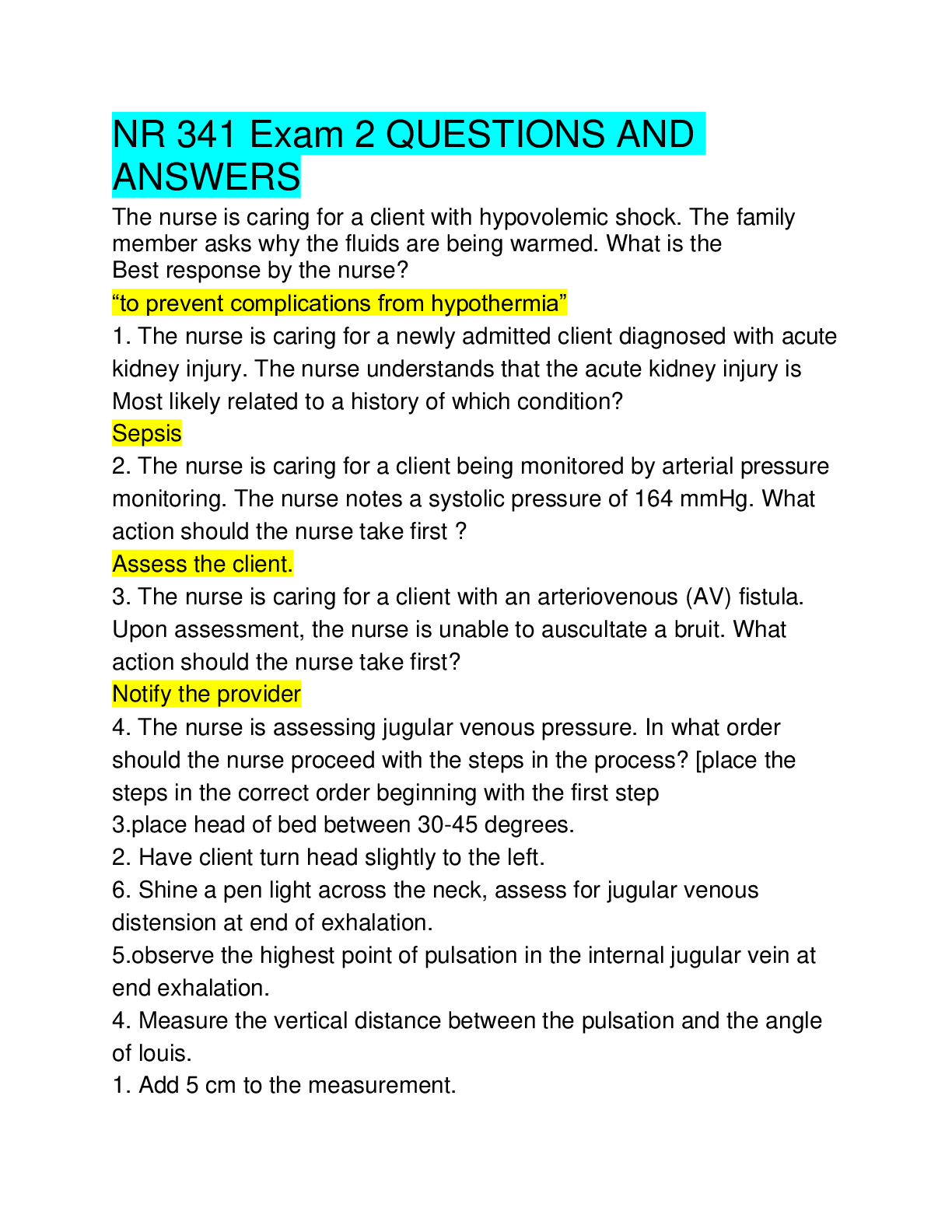


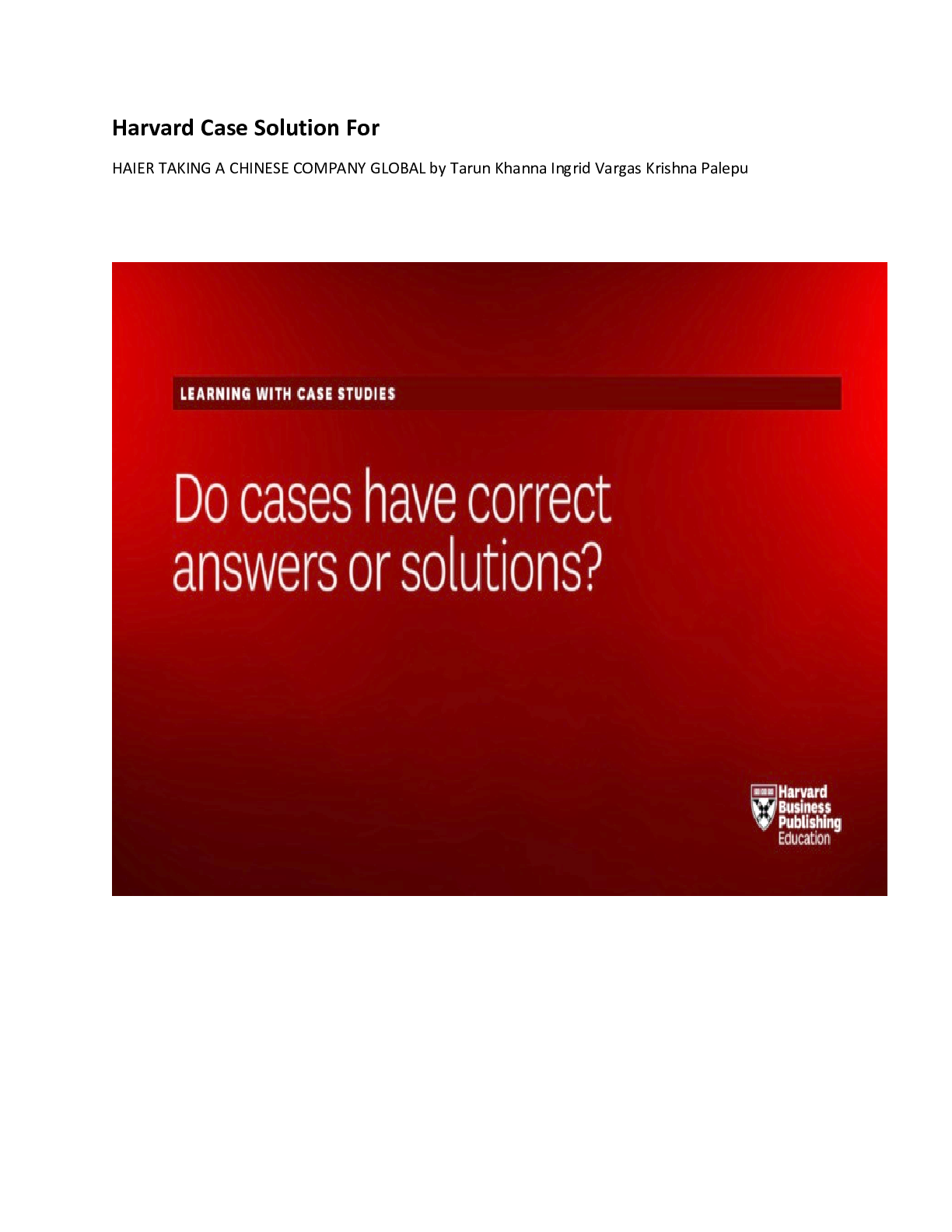

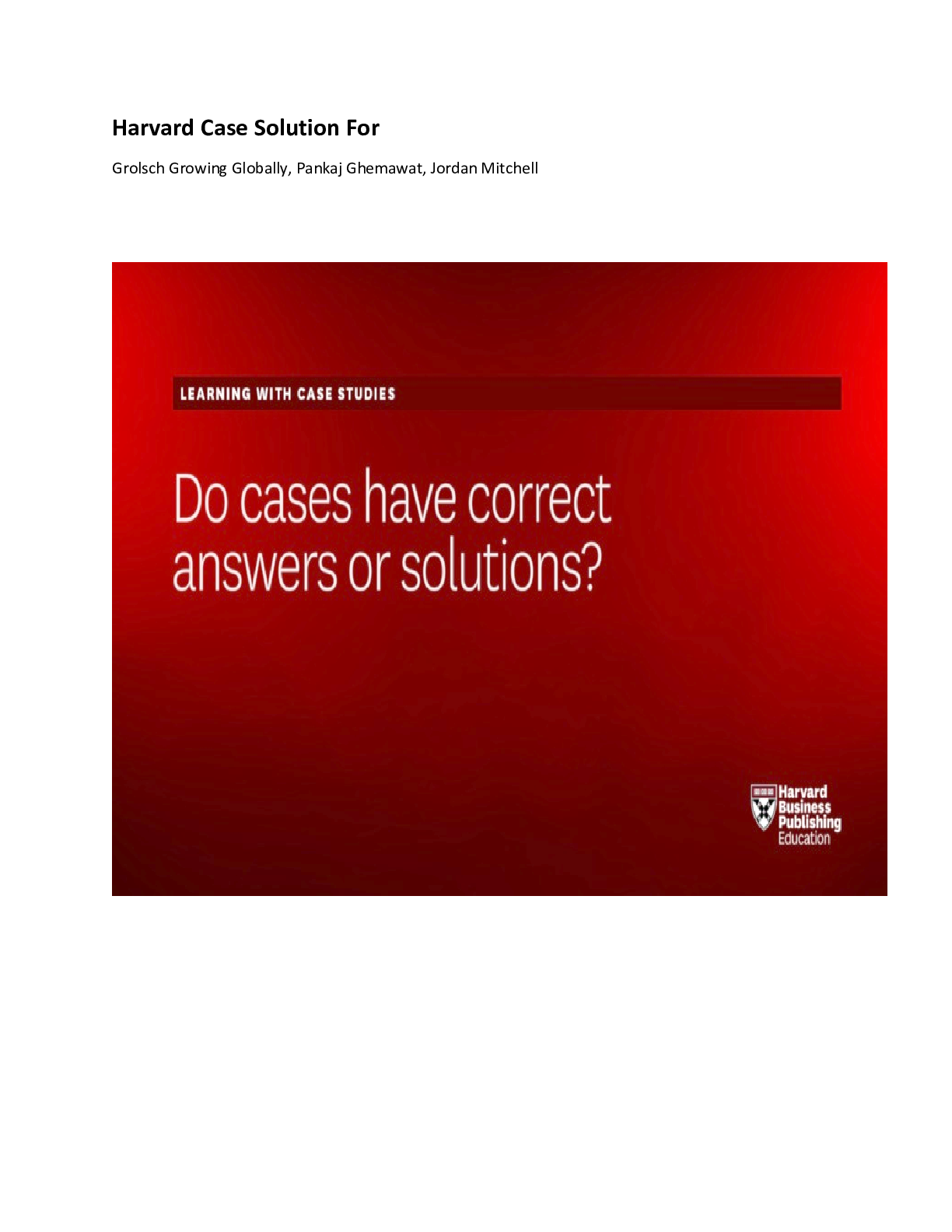
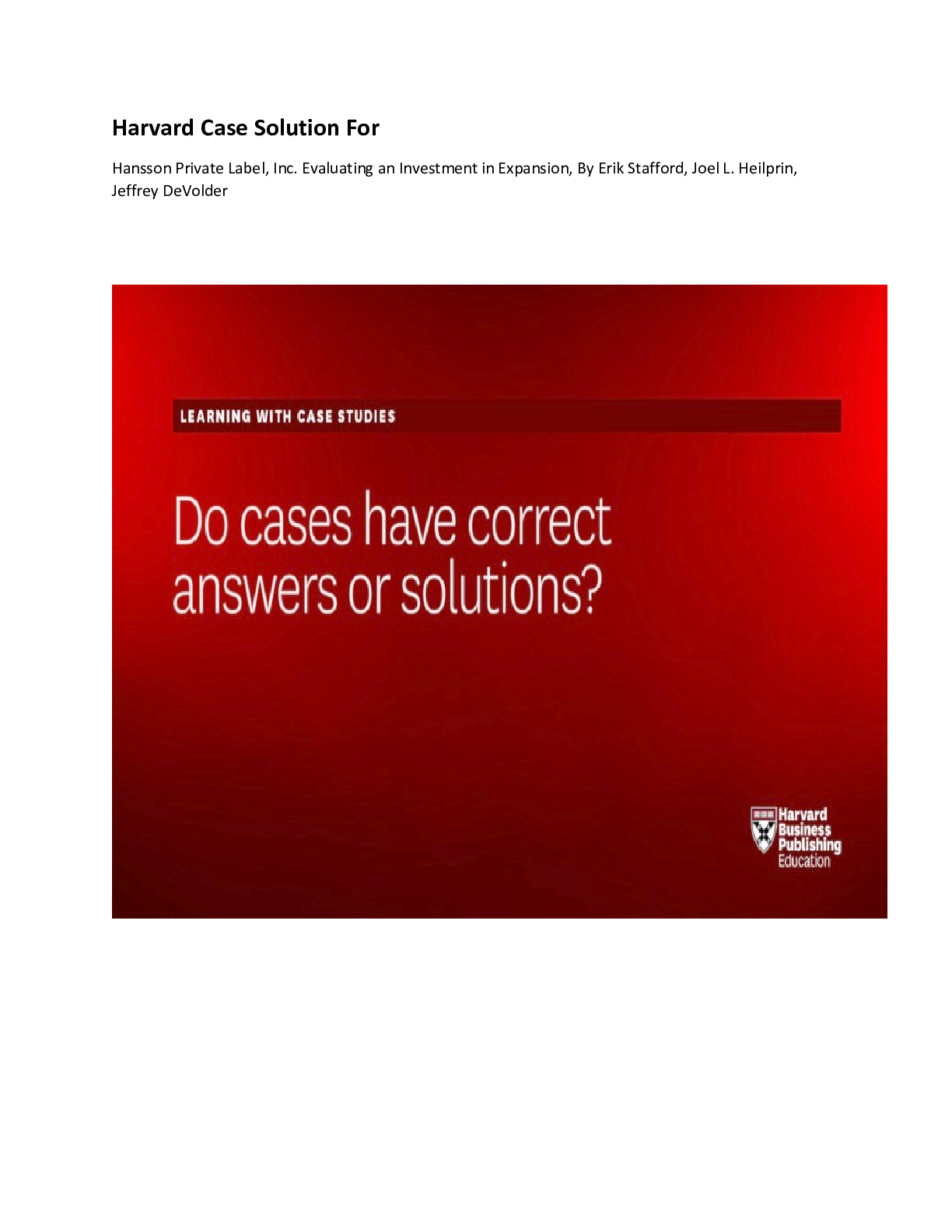
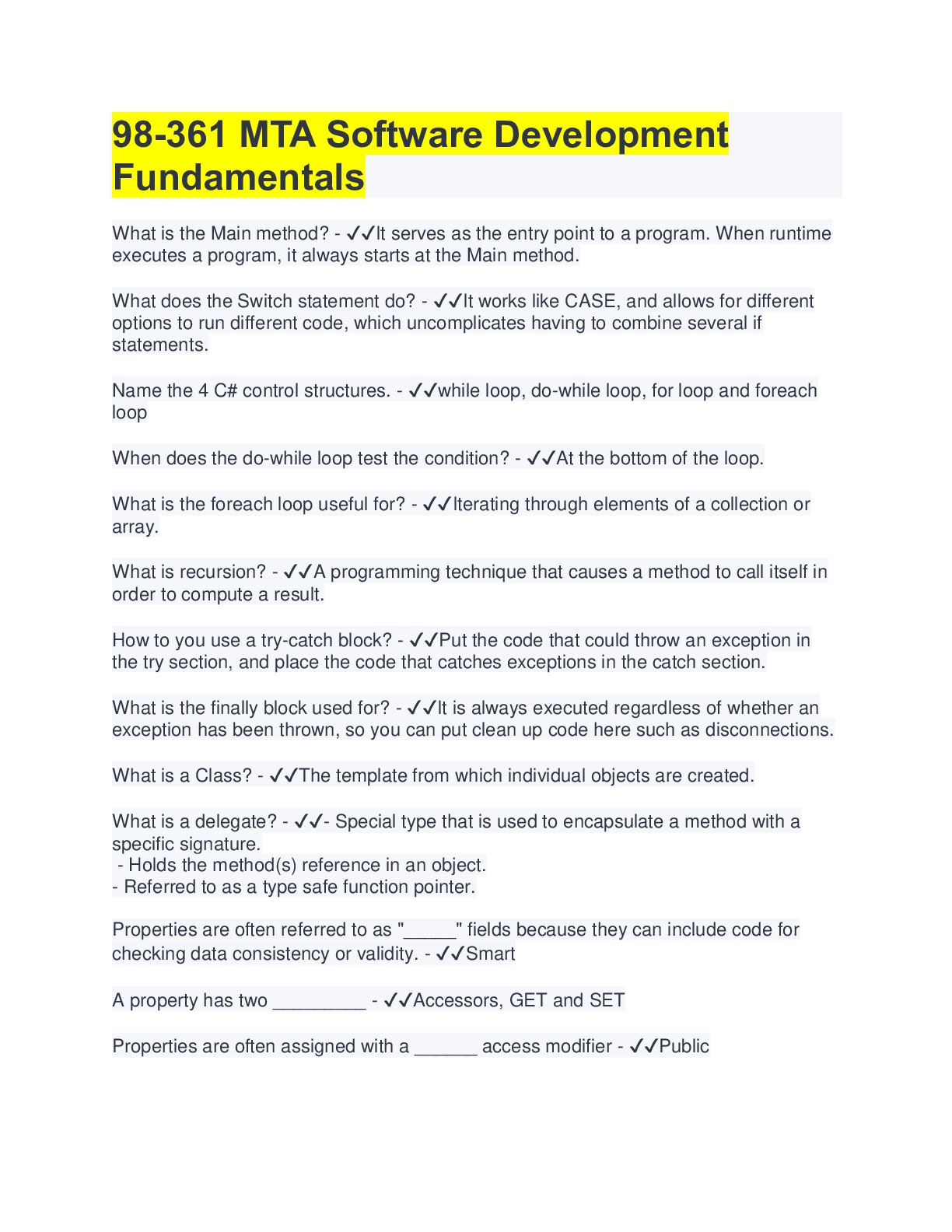
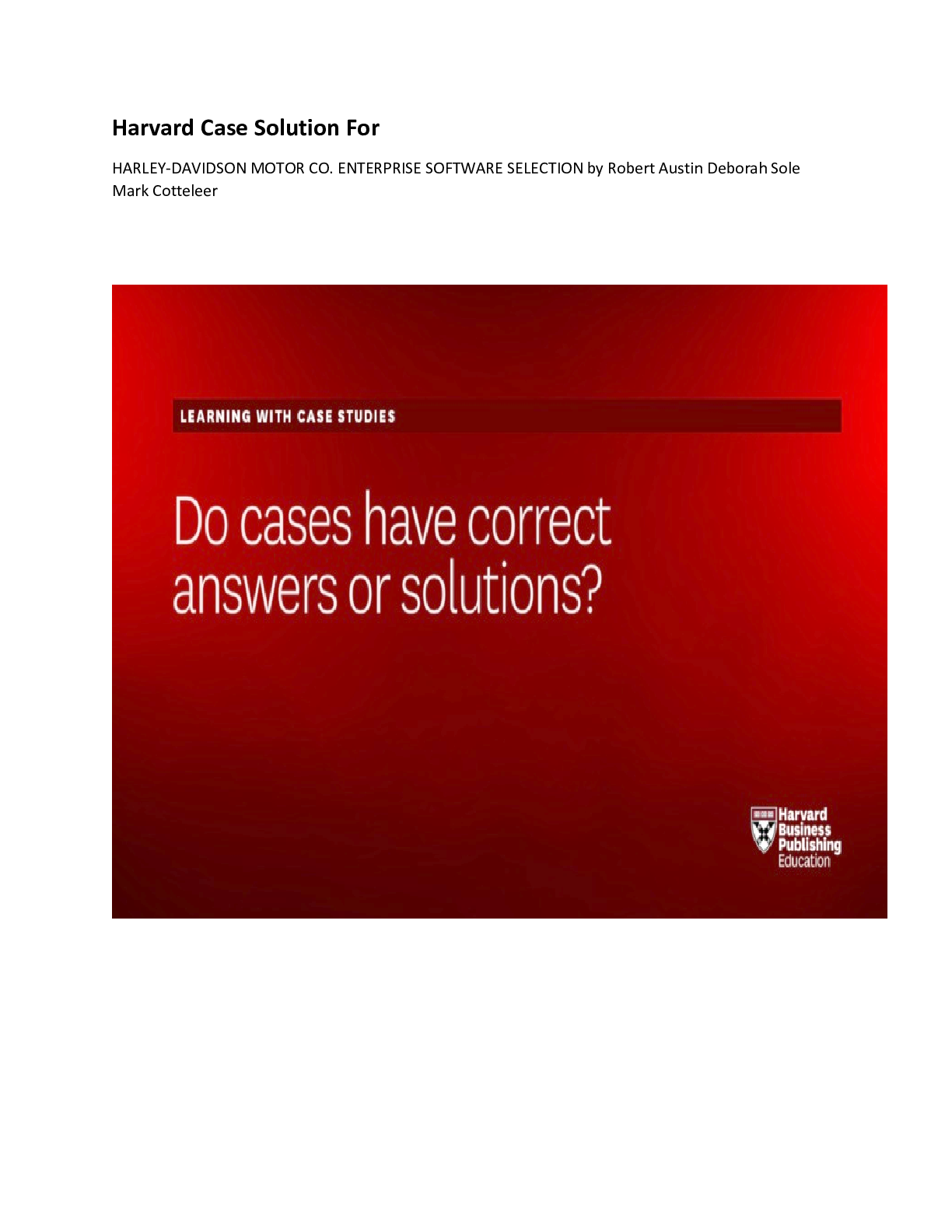
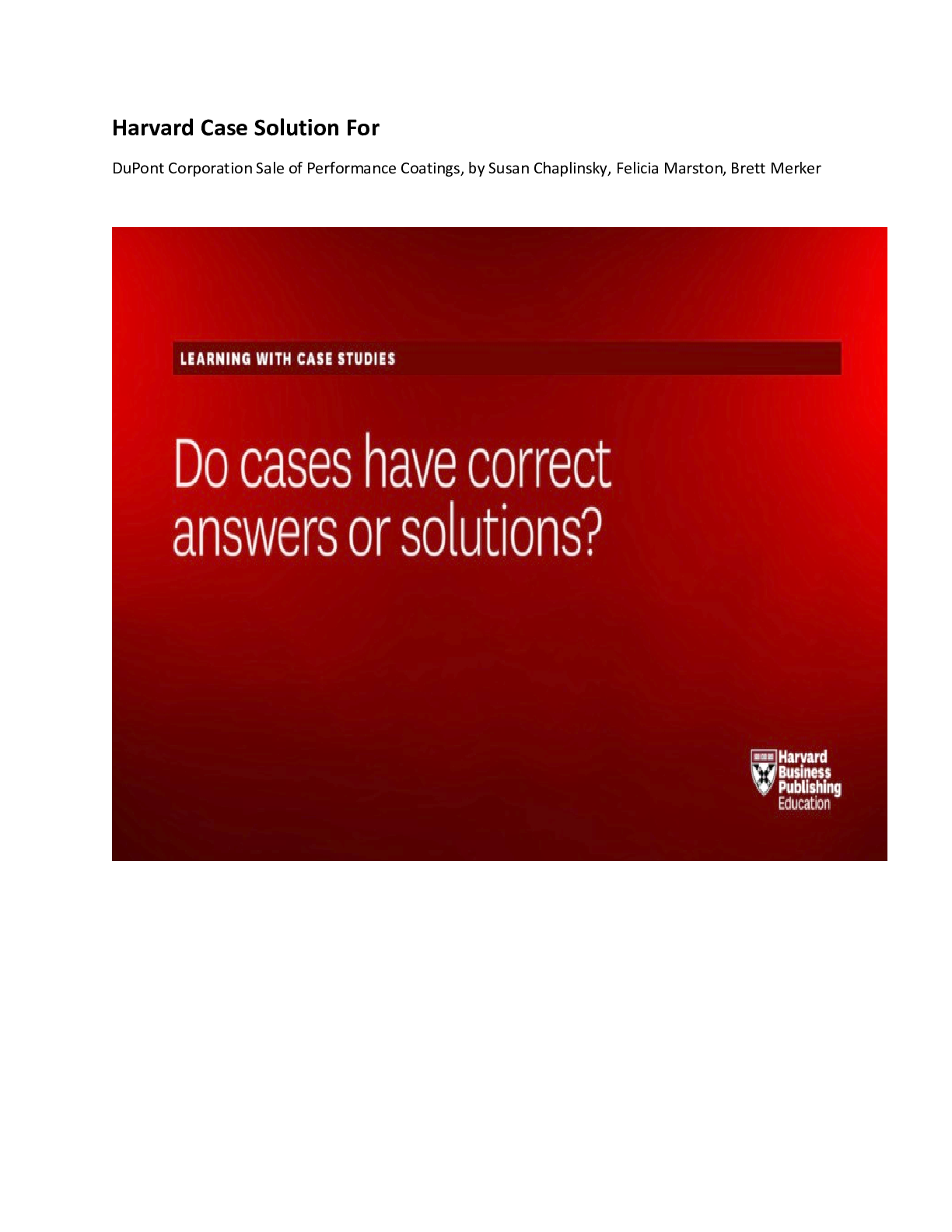





.png)






